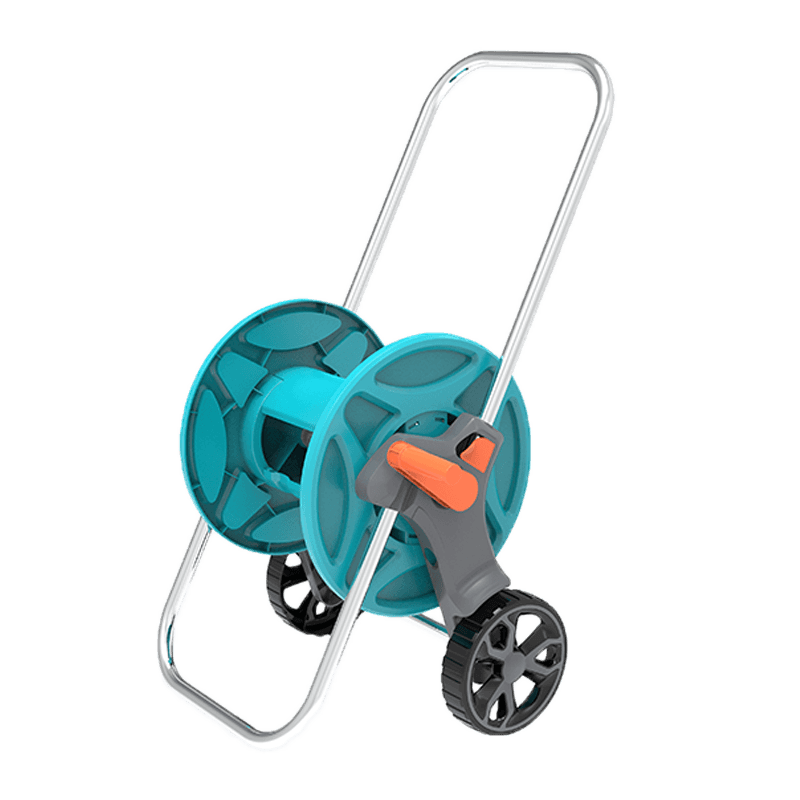- All Reserved. © 2019
- Cixi Tianshuo Industry and Trade Co., Ltd.
- Web support by : HWAQ
How to lay the lawn irrigation system? Irrigation is an […]
How to lay the lawn irrigation system?
Irrigation is an important measure to make up for the lack of natural drop water in quantity and the unevenness in time and space, and to ensure that the water needed for lawn growth is met in an appropriate amount in time. In the past, many lawn greening projects did not have complete irrigation systems, and only flood irrigation or manual sprinkling were used for irrigation. Not only does it cause water waste, but it is often difficult to control the uniformity of irrigation due to the inability to irrigate in time, excessive or insufficient irrigation, which has a negative impact on the normal growth of the lawn. With the continuous development of urban construction, a large number of urban populations are concentrated, industrial and domestic water use is increasing rapidly, and various green areas such as tourism, leisure, sports fields and residential quarters are getting larger and larger, and the shortage of urban water supply is becoming increasingly prominent. Traditional ground flood irrigation can no longer meet the requirements of modern lawn irrigation, and it is imperative to adopt efficient irrigation methods.
Sprinkler irrigation is more and more recognized by people for its advantages of water saving, energy saving, labor saving and high irrigation quality. In recent years, lawn sprinkler irrigation has developed rapidly, and it has gradually replaced artificial ground irrigation.
1. The characteristics of lawn sprinkler irrigation

The design and management of the sprinkler irrigation system must adapt to the characteristics of the lawn to meet its water requirements and ensure normal growth.
The installation of sprinkler irrigation equipment should not affect the maintenance of the lawn. Lawn requires regular mowing, plant protection, fertilization, etc. These operations are often done by machinery. Therefore, in addition to the special buried sprinkler for lawns, careful construction is required to avoid conflicts with mechanical operations on the lawn.
Equipment selection and pipe network layout should be adapted to the lawn planting method. Due to the needs of the landscape, many lawn planting plots in landscaping are not of regular shapes, such as golf courses, and sometimes different plots in the same project are scattered, which increases the difficulty of equipment selection and pipe network layout in the sprinkler irrigation system .
Irrigation management should be combined with lawn disease control. Many lawn diseases, especially fungal diseases, are closely related to lawn leaves and soil moisture. In irrigation management, formulating a reasonable irrigation system, including irrigation cycle, irrigation time, and irrigation duration, is very important to control lawn diseases.
While the sprinkler irrigation system meets the water requirements of the lawn, it is necessary to pay full attention to the landscape and environmental effects. The well-designed sprinkler irrigation system, through the correct selection of sprinkler heads and the arrangement of sprinkler points, can not only meet the water demand of the lawn, but also form a hydrodynamic landscape effect during irrigation.
2. Composition of sprinkler irrigation system
A complete sprinkler irrigation system generally consists of sprinklers, pipe networks, headers and water sources.
1. Sprinkler: The sprinkler is used to disperse water into droplets, and spray it on the lawn planting area more evenly like rain.
2. Pipe network: Its function is to transport and distribute pressurized water to the lawn planting area that needs to be irrigated. It is composed of pipes of different pipe diameters, divided into main pipes, branch pipes, capillary pipes, etc., through various corresponding pipe fittings, valves and other equipment to connect all levels of pipelines into a complete pipe network system. The pipe network of modern irrigation systems mostly uses plastic pipes such as PVC pipes and PE pipes that are easy to construct, have good hydraulic properties and will not rust. At the same time, necessary safety devices, such as intake and exhaust valves, pressure limiting valves, and drain valves, should be installed in the pipe network as required.
3. First part: Its function is to take water from the water source, pressurize the water, water quality treatment, fertilizer injection and system control. Generally include power equipment, water pumps, filters, fertilizer applicators, pressure relief valves, check valves, water meters, pressure gauges, and control equipment, such as automatic irrigation controllers, constant pressure frequency conversion control devices, etc. The number of the first equipment depends on the system type, water source conditions and user requirements. For example, in the case of using urban water supply systems as water sources, pressurized water pumps are often not required.
4. Water source: Well springs, lakes, reservoirs, rivers and urban water supply systems can all be used as sprinkler irrigation water sources. Throughout the growing season of the lawn, the water source should have a reliable water supply guarantee. At the same time, the water quality of the water source should meet the requirements of irrigation water quality standards.